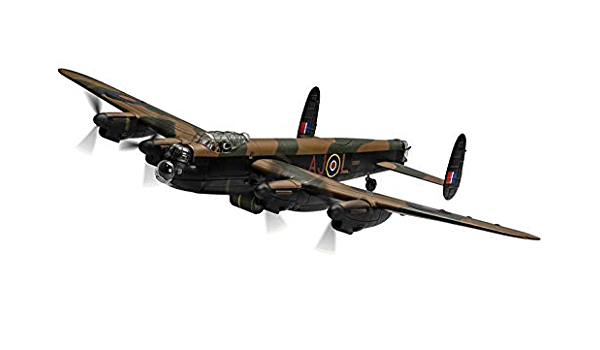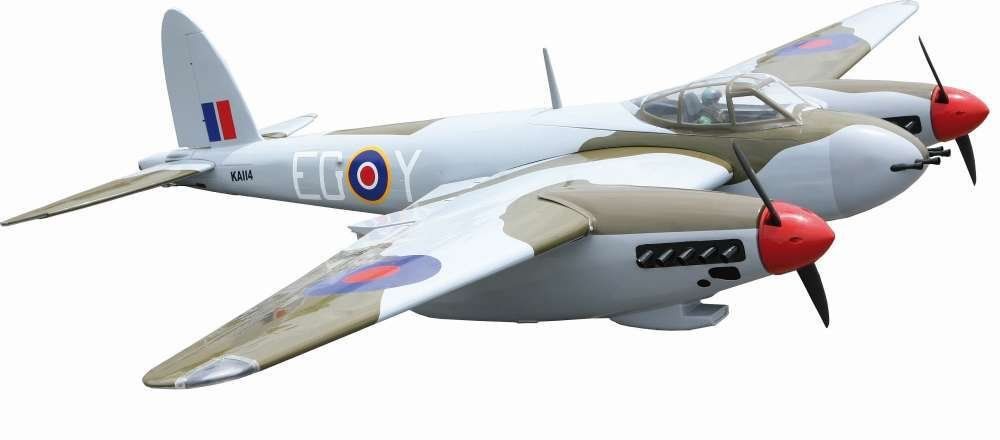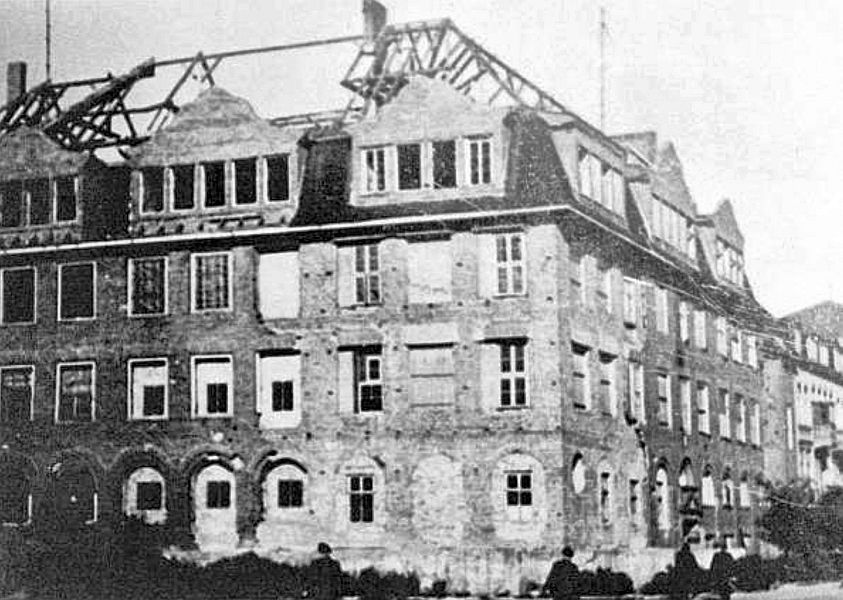


On April 15, 1945, the British Bomber Command launched a major attack with 500 heavy long-range bombers on a military depot and the railway facilities in the Potsdam district near Berlin under the code name "Operation Crayfish". As a diversionary measure, the Royal Air Force carried out several smaller-scale air operations in parallel. At around 10 p.m. there was an air raid warning throughout the city, by which time many Cuxhaven residents had already gone to bed. At 10:13 p.m. the British air force began attacking the city of Cuxhaven with 24 Avro Lancaster bombers and 4 De Haviland Mosquitos from 576 Squadron. The area bombing resulted in many casualties and severe damage and destruction to buildings in the city center. The Groden Mill was also hit directly and was completely destroyed. The Botzbach property on Abendrothstrasse and residential buildings at the Westerwischweg intersection were also destroyed. The vocational school on the corner of Schulstrasse (now VHS) and the high school for boys (AAG) were badly damaged.
The district of Döse was hit particularly hard and with great devastation. There was serious damage to buildings due to several direct hits on Strichweg, Emmastraße, Prinzessinnentrift and Badehausallee. A light (Christmas tree) landed on the dyke on Duhner Strandstraße and burned through the night. In total, the attack left 19 people dead and many injured.
Source: MB, Hermann Borrmann,

View of the destroyed "Emmastraße".

The "Emmastraße" with a view towards the dike.

A large bomb crater gapes in front of the house entrance.


The former vocational school after a direct hit. Today the adult education center (VHS) is located here on the corner of Schulstrasse and Abendrothstrasse.




